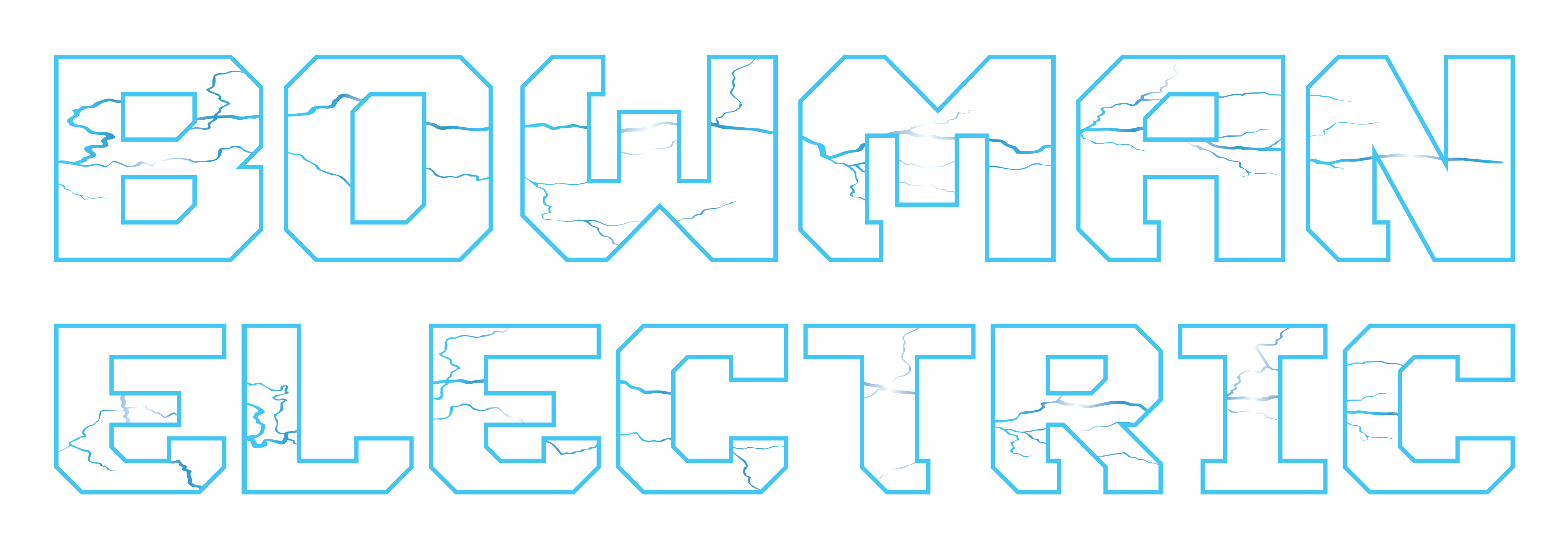
When we think of summer prep, most homeowners focus on air conditioners, patio furniture, or yardwork—but there’s one often-overlooked area that quietly powers it all: your electrical panel.
As temperatures rise, so does your home’s electrical demand. That cold-weather wiring setup might not be ready for the added stress of summer appliances and outdoor living. So… is your panel up for it?
Here’s why it matters—and what you can do to make sure your power doesn’t fall short when the heat turns up.
🔌 Summer Brings More Electrical Load Than You Think
You might not notice it at first, but summer puts serious pressure on your system. Consider all the things that weren’t running in the winter:
Central or window A/C units
Ceiling and box fans in every room
Electric grills and smokers
Pool pumps and hot tubs
Outdoor lighting and entertainment systems
Power tools for landscaping and DIY projects
If your panel is already near capacity—or outdated—it may start showing signs of stress: frequent breaker trips, flickering lights, or overheating outlets. Those aren’t just annoyances—they’re warnings.
⚠️ Warning Signs Your Panel Might Not Be Summer-Ready
You hear buzzing or sizzling from the panel or outlets
Breakers trip often—especially when running the A/C or other high-draw appliances
Lights dim or flicker when large appliances turn on
Your panel is more than 25 years old or still uses fuses
You’re relying on extension cords to make up for a lack of outlets
If you’ve noticed any of these issues, it’s time to take action before summer pushes your system past its limits.
🛠️ Upgrade or Expand? What Are Your Options?
Every home is different, but here are the most common panel-related upgrades we handle this time of year:
✔ Panel Inspections
If you’re unsure of your panel’s condition or capacity, we’ll start with a full inspection. We’ll look for signs of wear, overheating, outdated breakers, and evaluate your current and future load requirements.
✔ Panel Upgrades
If your panel is outdated or too small, we can upgrade it to a 200-amp system or more, depending on your home’s needs. This gives you room to grow—whether it’s an A/C unit today or a hot tub next year.
✔ Subpanel Additions
Adding a shop, backyard shed, or outdoor kitchen? A subpanel might be the perfect solution to give those areas dedicated, safe power without overloading your main system.
✔ Dedicated Circuits
Air conditioners, electric grills, and EV chargers often require their own circuits. We’ll make sure everything is installed safely and in compliance with code.
☀️ Prep Now—Enjoy a Safer, Cooler Summer
Summer should be spent enjoying your home—not dealing with preventable electrical problems. Let Bowman Electric make sure your panel is safe, efficient, and ready to power your summer plans with confidence.
Ready for a summer-ready panel? Call us today or book your inspection online—before the heat wave hits.



